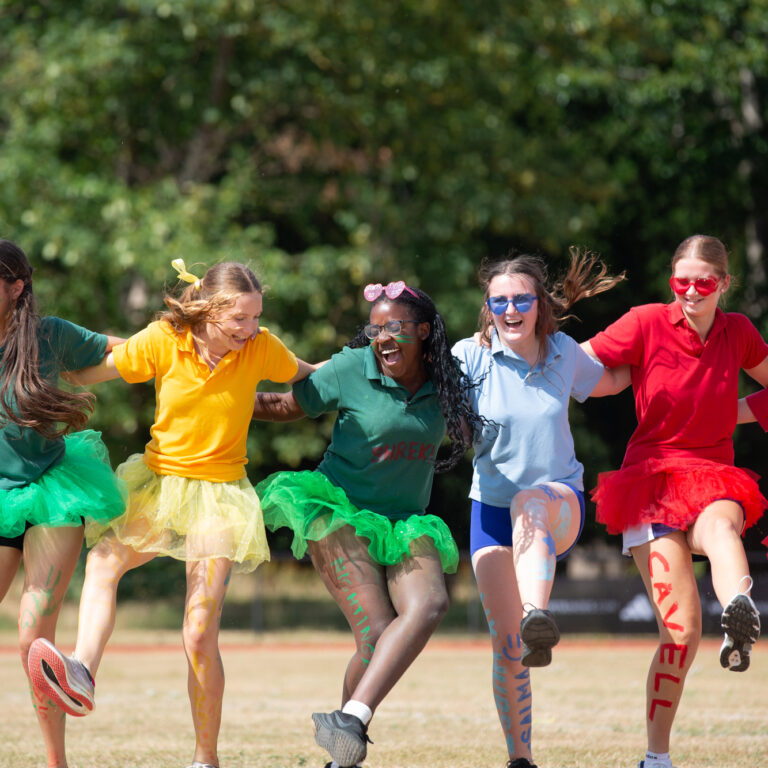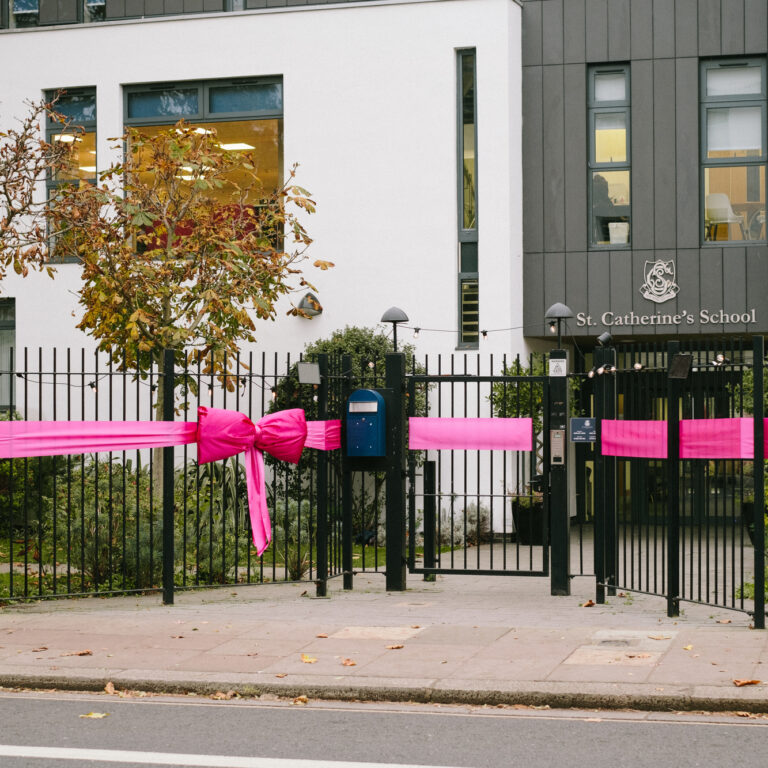GIVE HER THE GIFT OF AN ALL-GIRLS EDUCATION
A PERSPECTIVE FROM OUR HEADMISTRESS
I really enjoy interviewing all prospective families. Each meeting shows what it is that parents want for their daughter: their ambition for her, their expectation that her confidence and self-worth will be nurtured, and their hope that her gifts and character will be recognised and valued. I don’t think this is too much to ask – and an all-girls school provides a special opportunity for girls’ success and personal development.
For years, studies have highlighted the value of girls’ schools. We read that the uptake of science (and particularly physics) is higher in all-girls schools, as is success in languages and sport. More than this, in an all-girls school the implicit – and something explicit – gender-weighted expectations of our society are set aside. Quite simply, in a girls’ school, girls are the best at everything: the best mathematician is a girl, the best swimmer is a girl, and the best artist is a girl. Similarly, a girl runs the Debating Society, the pupil magazine and the School Council. In other words, pupils’ confidence and initiative are nurtured, and this creates a climate where they know their voices matter, they are the change makers and innovators, and they develop wonderful friendships.
At St Catherine’s, we know the advantages of all-girls education begin long before the teenage years. Our Prep girls love to improve their rugby tackles and football skills and they know how to be resilient and put themselves forward in the classroom. It means that the language of risk taking is ungendered. A visit, for instance, to our lively Year 3 class, would show you the determination and enthusiasm that will stand our girls in good stead for Senior School, university and adult life.
Every so often a parent asks if there are disadvantages to all-girls education and this is easy to answer, not least because school is only part of each week; our girls are, of course, in a co-ed world. Our inclusive Christian values and warm community atmosphere – where girls of all faiths are welcome – also ensures that pastoral care and character development are central. In St Catherine’s Senior School (where all our Prep girls have a guaranteed place) there is the same strong culture. St Catherine’s girls show the fruits of all-girls learning in their cheerfulness, their ambition, and in their compassionate and courageous engagement with the wider world.














